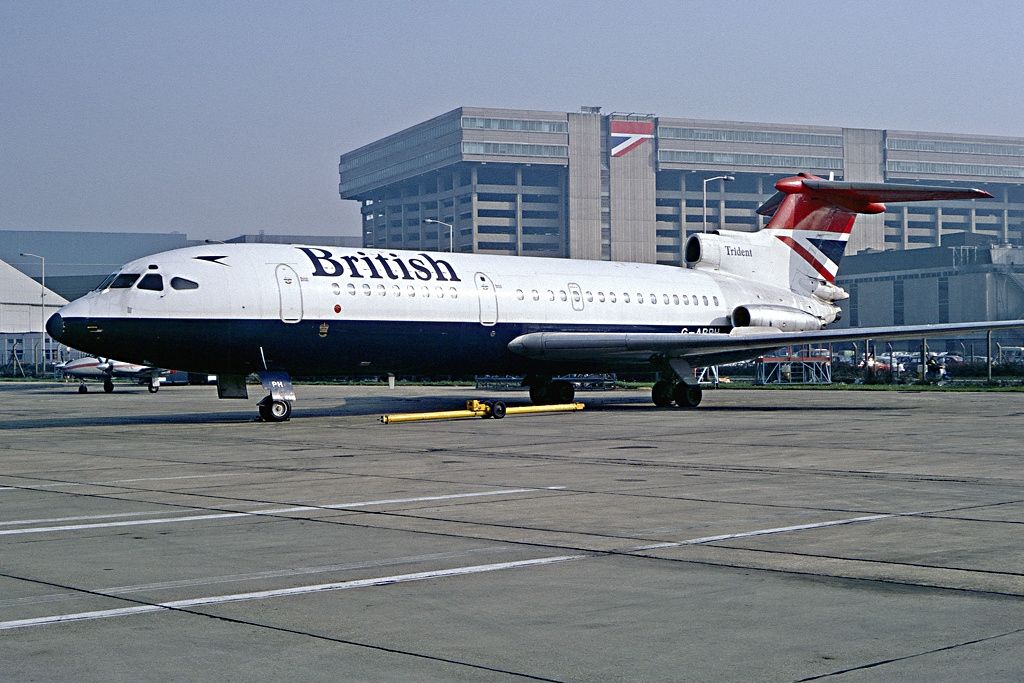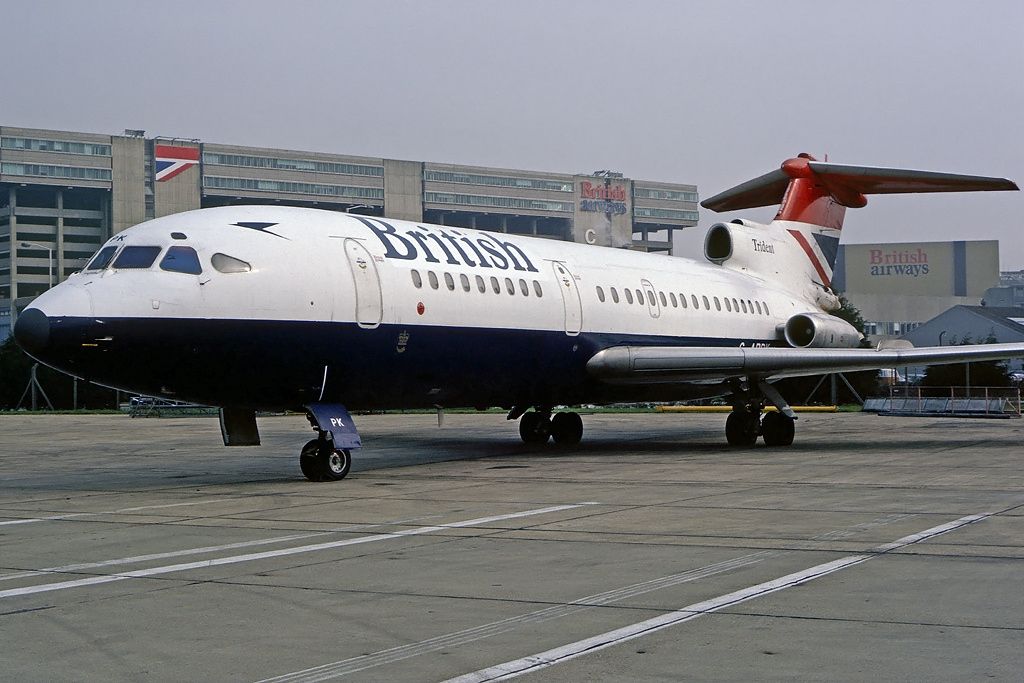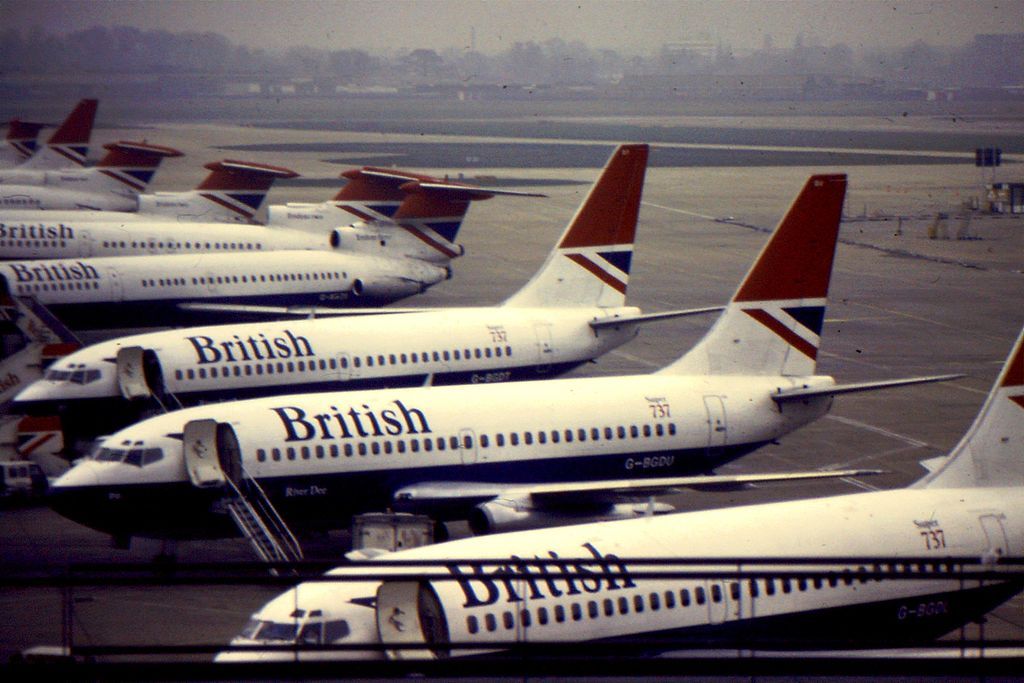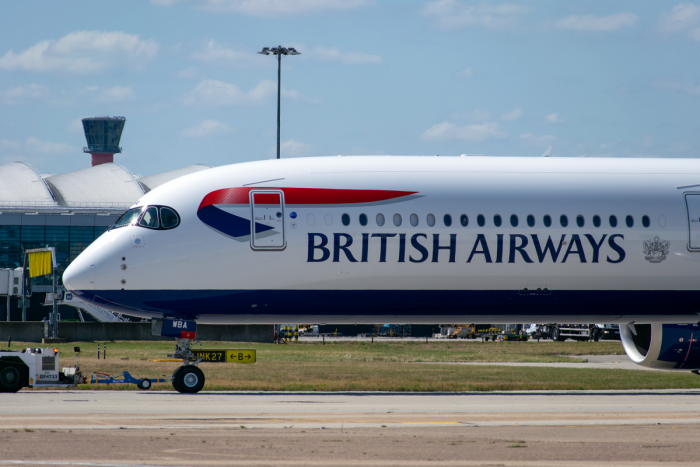Today’s airport experience typically involves long check-in queues and outrageous security lines. At best, if your local airport isn’t massive, you still need to show up at least 45 minutes before boarding to ensure you make it.
But imagine showing up at London Heathrow Airport just 10 minutes before boarding with no ticket and the confidence that you’ll get a seat, guaranteed. This service was what customers could expect with British Airways Shuttle service.
Borrowing concepts from the US
In the early 1960s, Eastern Air Lines in the United States pioneered a service offering hourly flights between major east coast business destinations Boston, New York, and Washington. From early morning to late at night, passengers needed no reservation and could buy their tickets upon boarding. If you showed up at the airport, you got on a plane.
Given London’s similar status as a critical financial and business hub for the world, British Airways saw the potential to adopt the air taxi program for important cities in the UK. So on January 12, 1975, Europe’s first walk-on, guaranteed seat flight took off from London Heathrow to Glasgow, named the British Airways Shuttle. Over a couple of years, BA opened up this service to routes between London and Edinburgh, Belfast, and Manchester.
Shuttle service takes off
Purely for convenience, the experience was as no-frills as possible. British Airways operated a fleet of Hawker Siddeley Trident 1s with 100 seats, all one class, no galleys, and no meal or drink service. To top everything off, if passengers arrived at the airport at least 10 minutes before the flight but the plane had no seats, there would be a Trident on standby to take the extra travelers.
“Shuttle” quickly became popular with passengers, and profit followed suit. Before BA introduced its Shuttle, service from London to Glasgow and Edinburgh operated at a loss in the millions. After one year, Shuttle flights cut operating losses in half, and after two years, these two routes were in the green, carrying over a million passengers.
Get the latest aviation news straight to your inbox: Sign up for our newsletters today.
Competition heats up
On November 1, 1982, British Midland International began their service between Heathrow and Glasgow six times per day, between the BA shuttles. Airfare was cheaper with British Midland, and they provided some food and beverage services onboard. Eventually, they expanded operations to include Edinburgh and Belfast, forcing British Airways to come up with a response.
Rebranding their service entirely, BA announced the “Super Shuttle” on August 30, 1983. One of the main changes involved upgrading their fleet from Trident 1s and 3s to Boeing 757s. Additionally, the carrier would begin offering a hot breakfast on morning flights, while other flights would feature a free bar and beverage service. While costly, these shuttle operations accounted for around 14% of their entire passenger base.
BA’s modern domestic service
British Airways saw success in the years following its Super Shuttle rebranding, though the flights eventually lost their magic. Smaller 737s and Airbus A320s would replace Boeing 757s. And, after the tragic events on September 11, passengers can’t easily show up at an airport and hop on a flight in 10 minutes. These routes still exist, of course, and depending on the city pair run between five to ten times daily under the callsign “Shuttle.”
Did you ever board a British Airways Shuttle flight in its heyday? How was your experience? Let us know in the comments!
Sources: London Air Travel, Yesterday's Airlines




